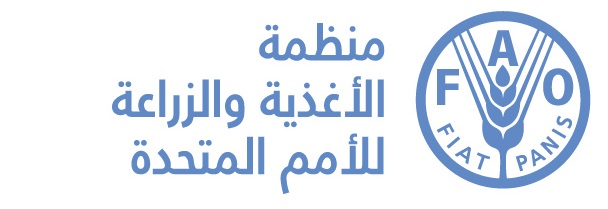Notification on the detection of Bactrocera dorsalis (Oriental Fruit Fly) in three separate areas in the Eastern Cape Province of South Africa
- Publication Date
- جمعة, 05 يوليو 2019, 12:03
- اخر تحديث
- يوليو 5, 2019, 12:03 م
- Report Number
- ZAF-47/1
- الدولة
- South Africa
- Pest Id
- Bactrocera dorsalis - (DACUDO)
- Report Status
- Final
- Hosts
- Citrus are produced or present in one of the areas where the OFF was detected.
- Pest Status (old values from ISPM 8 -1998 )
-
- Transient: actionable, under eradication
- Pest Status (ISPM 8 - 2021)
-
- Present: transient
- Geographical Distribution
- Five male Bactrocera dorsalis specimens were detected in five separate Methyl Eugenol baited traps in urban areas in the coastal town, Jeffreys Bay between 28 February and 21 May 2019. Forty-one male Bactrocera dorsalis specimens were detected between 7 April and 14 June 2019 in the coastal town of East London. Five male Bactrocera dorsalis specimens were detected in three Methyl Eugenol baited traps between 4 and 12 June 2019 in the Kirkwood/Addo area in a citrus production area.
- ملخص
The Jeffreys Bay area where five OFF specimens were detected was delimited and no additional detections occurred since 21 May 2019. This is an urban area with little or no backyard fruit production. No commercial fruit is produced in the quarantine area. Approximately one life cycle period has passed without further detections. The area will be monitored for approximately 3 life cycle periods or 12 weeks after the last detection.
The East London area where forty-one OFF specimens were detected was delimited and the quarantine areas were determined. Eradication actions are commencing within the urban area. Four OFF male specimens were detected in June 2019 indicating that the OFF numbers are lower. This is an urban area with only backyard fruit production. No commercial fruit are produced in the area. Eradication actions will continue for a period of two life cycles.
Two fruit fly specimens were collected in a methyl eugenol baited trap in a citrus farm at Kirkwood near Addo, on 4 June 2019 and on 12 June 2019 approximately 3 -5km away, another three fruit fly specimens were collected, in two methyl eugenol baited traps in two citrus farms. Eradication actions were initiated in areas surrounding the positive finds. Eradication actions will continue for a period of two life cycles (approximately 8 weeks).
All the affected areas were quarantined; delimiting surveys and phytosanitary actions implemented to restrict and control the movement of host material were initiated in accordance with the South African Bactrocera dorsalis Fruit Fly (SABiFF) Action Plan.
Phytosanitary actions were implemented to control the movement of fruit from the area under delimitation. Eradication will include the application of protein bait sprays, deployment of male annihilation (MAT) blocks and a strict field sanitation within the quarantine area. Eradication actions will be deployed for a minimum period of eight weeks or over two life cycles of the OFF if it is longer than 8 weeks. After implementation of eradication actions, a monitoring period of four weeks or one life cycle will be conducted. If there are no further detections during the monitoring period, the quarantine areas can be declared as free from the presence of Bactrocera dorsalis.
The status of the pest in the East London, Jeffreys Bay and Addo areas are: Transient, actionable and under eradication to prevent establishment.
- Danger
- Potential spread or establishment of B. dorsalis into other production areas free from this pest where its presence may impede the export potential of the relevant host commodities affected.
- Contact for info
- Mr Thizwilondi Munzhelele Private Bag X14 Gezina 0031 South Africa [email protected]
- Report files
- Notification on the detection of Bactrocera dorsalis in the Eastern Cape Province of South Africa
- الموقع
- Issue keywords
- Delimiting survey Economic impact Eradication/Successful eradication Insects/Insecta/Arthropods Restrictions
- Commodity keywords
- Citrus fruit, fresh or dried

